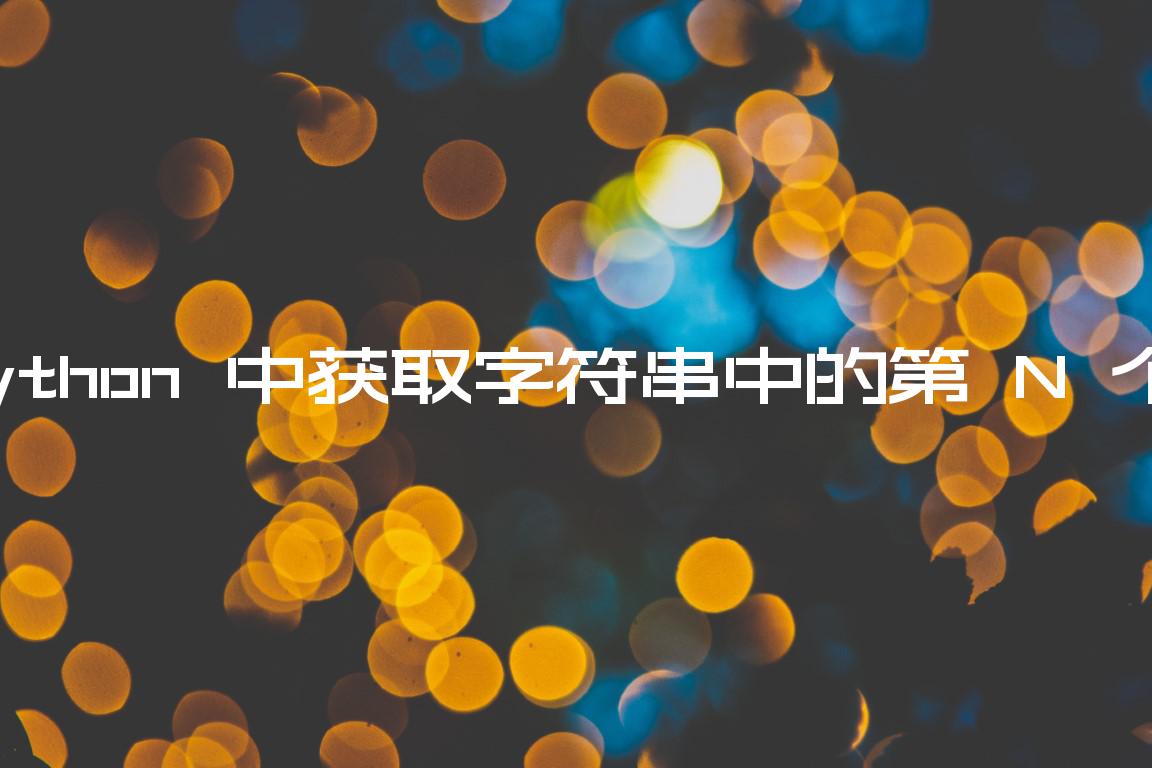在 Python 中获取字符串中的第 N 个单词
Get the Nth word in a String in Python
要获取字符串中的第 N 个单词:
- 使用
str.split()方法将字符串拆分为单词列表。 - 访问索引 N – 1 处的单词列表。
主程序
def get_nth_word(string, n): return string.split()[n - 1] print(get_nth_word('bobby hadz com', 1)) # 👉️ bobby print(get_nth_word('bobby hadz com', 2)) # 👉️ hadz print(get_nth_word('bobby hadz com', 3)) # 👉️ com
我们使用该str.split()方法将字符串拆分为单词列表。
str.split ()
方法使用定界符将字符串拆分为子字符串列表。
主程序
print('bobby hadz com'.split()) # 👉️ ['bobby', 'hadz', 'com']
当没有分隔符传递给该
str.split()方法时,它会将输入字符串拆分为一个或多个空白字符。最后一步是访问索引为 N – 1 的单词列表。
Python 索引是从零开始的,因此列表中的第一项的索引为0,最后一项的索引为-1或len(my_list) - 1。
我们也可以显式地传递一个空格作为
str.split()方法的参数。
主程序
def get_nth_word(string, n): return string.split(' ')[n - 1] print(get_nth_word('bobby hadz com', 1)) # 👉️ bobby print(get_nth_word('bobby hadz com', 2)) # 👉️ hadz print(get_nth_word('bobby hadz com', 3)) # 👉️ com
现在,该str.split()方法会在每次出现空格时拆分字符串。
如果没有参数传递给该方法,它会将字符串拆分为一个或多个空白字符。这包括空格、制表符和换行符 ( \n)。
